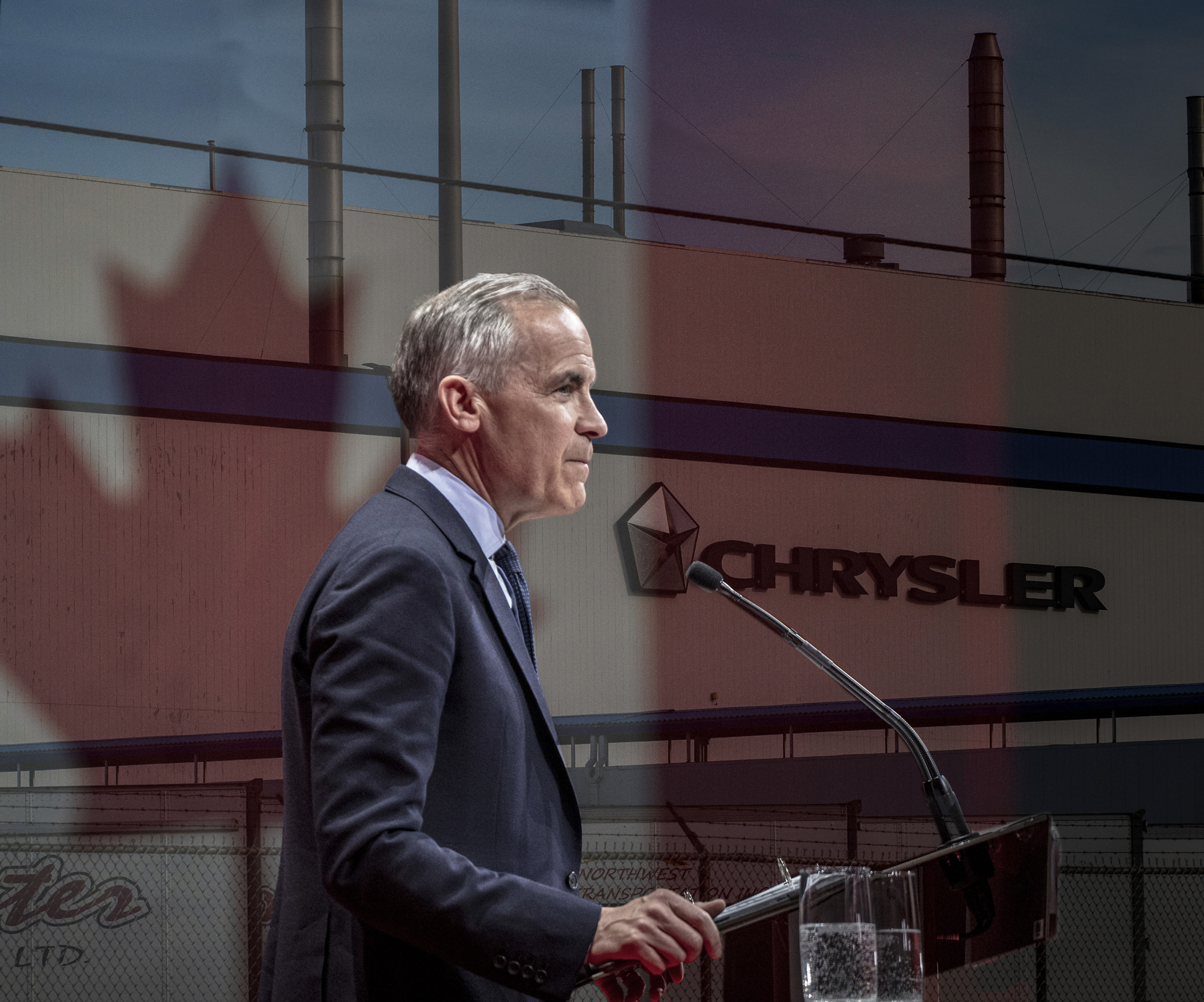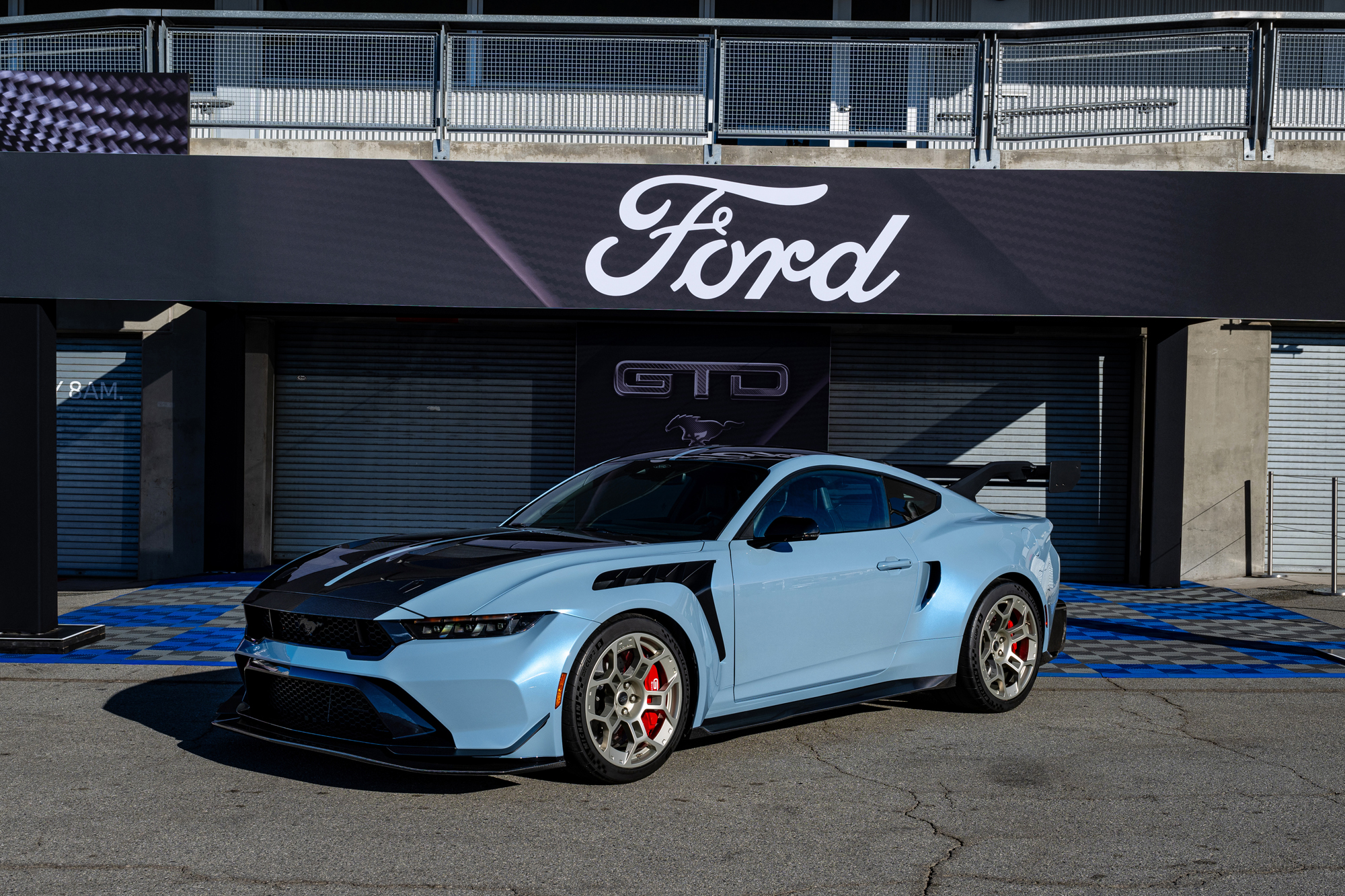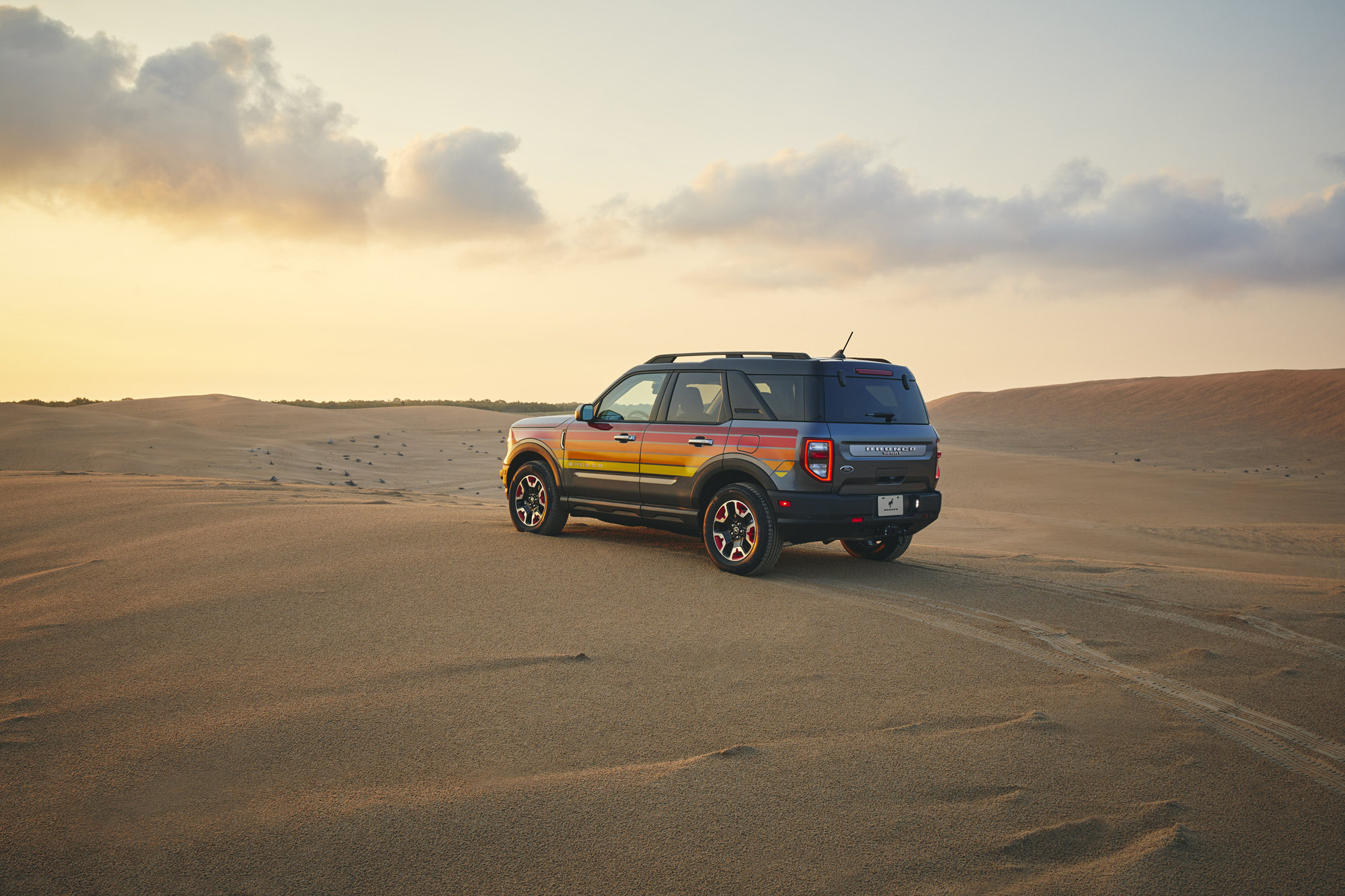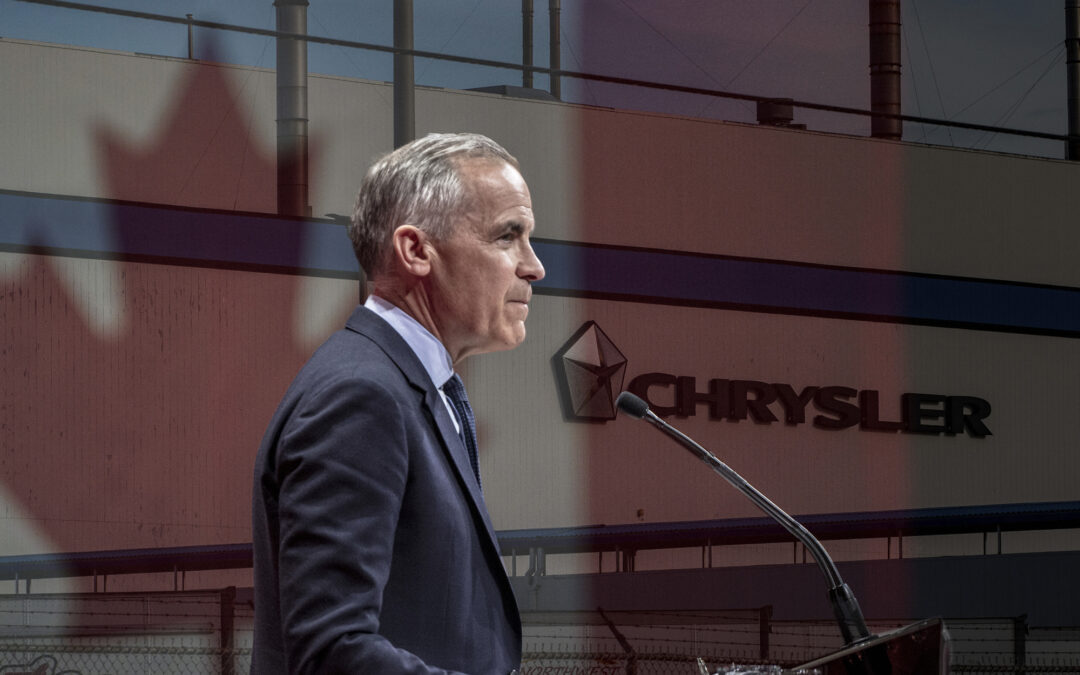How Mark Carney will save the car industry from Donald Trump
Canada’s PM has the determination, diplomatic skills and experience needed to bring some confidence back to jittery car makers

If you really want to know what a world leader thinks, ask them when they’re out of office. Or in Mark Carney’s case, between high offices. I met him when he attended Nucleus, the private conference on the future of mobility held on the fringes of the Goodwood Festival of Speed and often described as ‘the automotive Davos’. Carney had quit the governorship of the Bank of England but not yet acceded to the Prime Ministership of Canada, though he was doubtless considering it.
The nature of Nucleus means I can’t report the detail of the discussion, but in broad terms he gave the most honest, cogent and chilling analysis I’d yet heard of the trend towards deglobalisation, tariffs and trade wars which is now remaking the world economy. In 10 years of attending the event, it was the single best address I’ve heard.
But Carney’s prescience didn’t extend to envisioning Donald Trump back in the White House and imposing tariffs on even America’s closest trading partners, with Carney himself as Trump’s leading Western opponent after winning the Canadian Liberal Party’s leadership election in March, and then a surprise fourth term for his party in this week’s election.
‘That charm won’t work on Trump, and nor is Carney attempting to deploy it publicly’
My job that day was to set the agenda for the debates and brief the speakers. Carney, unsurprisingly, required no briefing. Instead we hung around at the back of the venue with the smokers, Carney chatting with an ease which doesn’t always come naturally to super-brain bankers.
Relatively compact, good looking and very well dressed, he has a Stanley Tucci-esque suaveness which plainly impressed one other senior figure present, well used to dealing with charismatic titans of finance and heads of state. ‘Oh,’ she said after he’d departed, ‘the charm. The charm.’
That charm won’t work on Trump, and nor is Carney attempting to deploy it publicly. Other Western leaders have been noticeably more conciliatory towards the US President, but their conflicts with him are mostly around trade and defence. For Canada it’s also trade, although on a far bigger, almost existential scale, given that around three-quarters of Canadian exports go to the US. But it’s also about something more fundamental: sovereignty.

American? Ford does the final build on the Mustang GTD in Canada
Nobody actually expects US tanks to roll across the world’s longest undefended border, but there’s little doubt that Trump’s faintly menacing offer to ‘cherish’ Canada as the 51st state, combined with the risk to the Canadian economy of his tariffs, handed Carney his premiership. The Liberal Party was toast before Trump.
Carney’s rhetoric on ‘the American betrayal’ is far stronger than most other Western leaders as a result, and punchier than might come naturally to this charmer. But it’s appropriate to the circumstances, brave given that the US economy is 13 times bigger, and plainly what his electors want to hear.
‘America wants our land, our resources, our water,’ he said after the election. ‘But these are not idle threats. President Trump is trying to break us so that America can own us. That will never, ever happen.’
‘The situation for Canadian and Mexican exports has already improved significantly’
Short of a border incursion, the car industry is likely to be the focus of the new antagonism between these old allies. Cars and car parts are Canada’s second-largest export after oil, with 93 per cent of its automotive output going to the US. We think of the US Big Three car makers as all-American but their ‘domestic’ operations are actually transnational, split across what was, until January, the free-trade zone of the US, Canada and Mexico. Between 25 and 40 per cent of the Big Three’s cars are made in Canada or Mexico. Ford, for instance, makes the Bronco Sport in Mexico and does the final build on the Mustang GTD in Canada.
Until now there’s been a revolving door of complete cars and parts between the three countries. The Ambassador Bridge between Detroit and Windsor, Ontario, carries goods – primarily automotive – to and from the US and Canada of similar value to America’s total goods trade with Japan.
Trump’s belief that these long-established and well-integrated supply chains should be reshored has put the car industry in his crosshairs. While Carney’s public pronouncements have been uncompromising, his administration has been working with Mexican President Claudia Sheinbaum and the leaders of the Big Three car makers – Mary Barra at GM, Jim Farley at Ford and John Elkann at Stellantis – to engage more diplomatically with the new US administration and mitigate the impact of the tariffs.

Ford’s Bronco Sport is actually made in Mexico
Model cycles are longer than electoral cycles. The cars the car makers are starting to design now will go on sale long after Trump has gone, unless he attempts to stay. Planning the plants where those models and their parts will be built takes even longer. While the tariffs will prompt some substantive changes to supply chains, and other investments will be heavily spun to appear to appease Trump, the Big Three will be reluctant to make expensive changes when there might be Democrat back in the White House when they’re halfway through the process.
Carney and Sheinbaum will be encouraging them to hold their nerve, and it’s almost impossible for the car makers to make any firm plans now anyway, when the new tariff regime changes on a weekly basis. The situation for Canadian and Mexican exports has already improved significantly, with exemptions for those parts and the proportion of the value of complete cars which are compliant with the old USMCA rules of origin.
As I write, the Trump administration has just announced partial rebates on tariffs on parts imported from countries other than Canada and Mexico, a belated recognition that in many cases there is no choice but to import. As the new administration begins to understand the realities of the world’s most complex and valuable supply chain, and the likely impact of tariffs on US corporate profits and the prices paid by consumers, the watering-down is likely to continue, reducing the need to do much about the tariffs other than make short-term, tactical changes, and endure them.
Elkann, chair of Stellantis, only runs it because he hasn’t been able to find anyone to replace Carlos Tavares as CEO. The best candidates just don’t want the job in these circumstances, and this isn’t the premiership Carney would have wanted either. This progressive, liberal technocrat with a genuine interest in sustainability would rather have been building than firefighting, but he wouldn’t have got the job in other circumstances. Instead his first term at least will be spent steering the Canadian economy through the biggest upheaval in its history. Simply maintaining prosperity, sovereignty and a functioning car industry will look like victory.
Having led the Bank of Canada through the global financial crisis and the Bank of England though Brexit, there’s little doubt Carney is the right person for the job. The irony that his nemesis indirectly hired him will not be lost on him.

